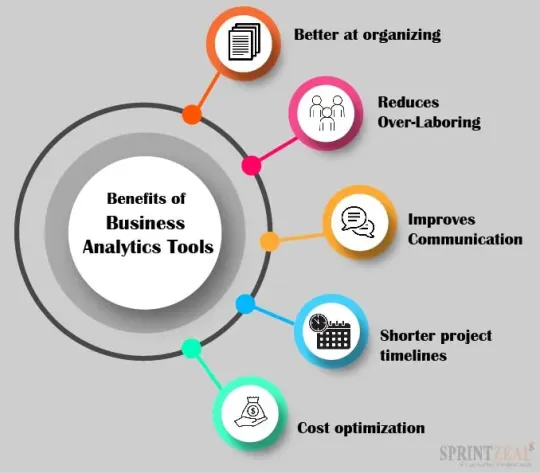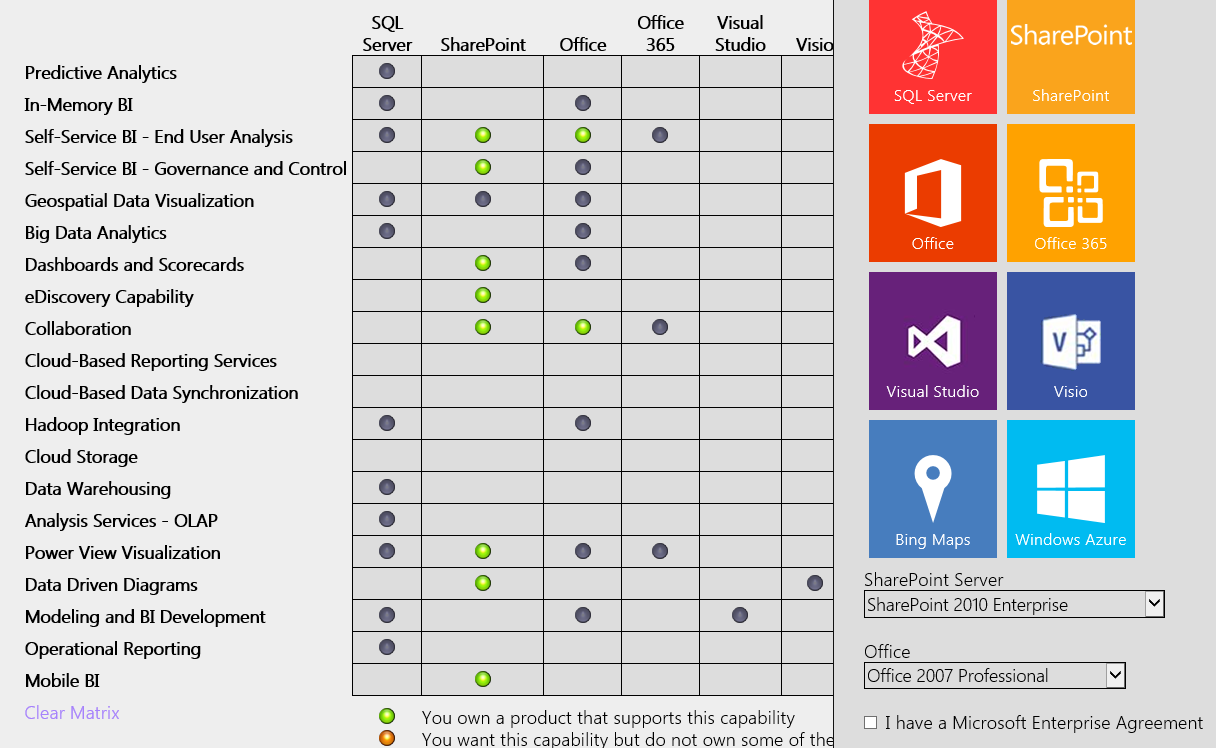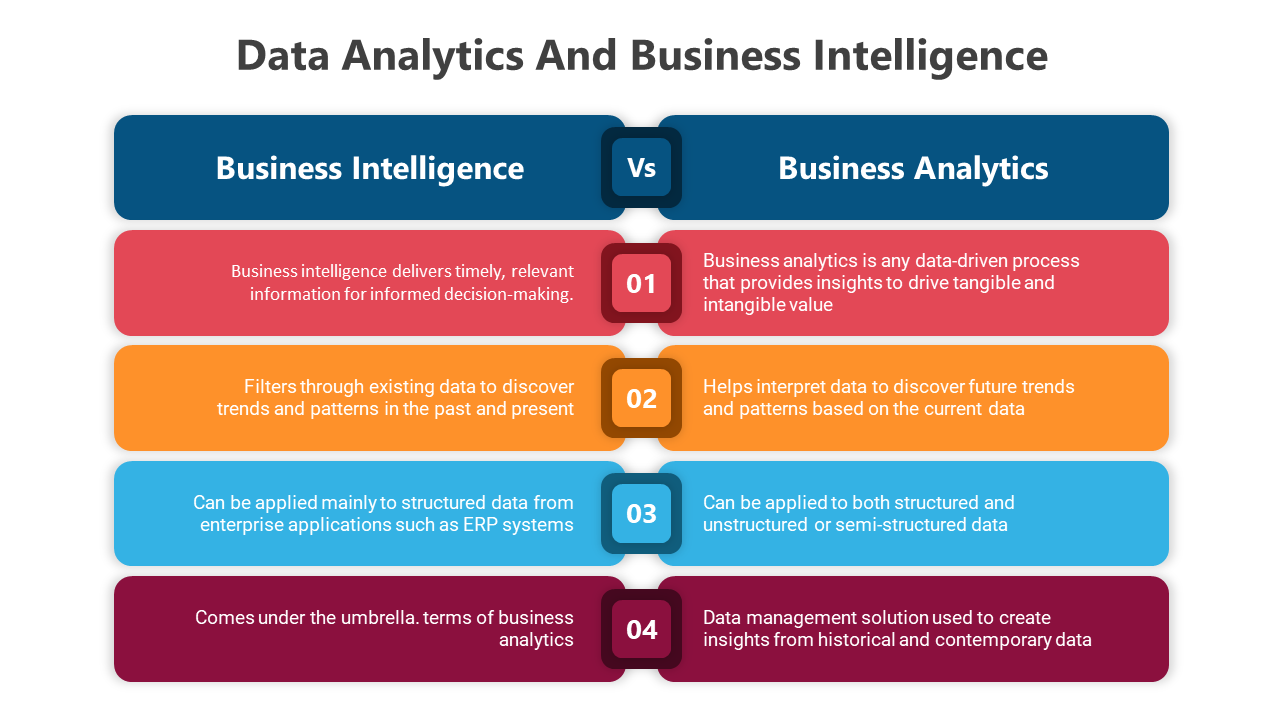Introduction
In today’s cutthroat business environment, organizations are constantly seeking an edge to stay ahead of the competition. Business intelligence (BI) systems have emerged as a game-changer, providing businesses with the ability to harness the power of data and make informed decisions that drive success.
BI systems empower organizations to collect, analyze, and visualize data from various sources, transforming raw information into actionable insights. By uncovering hidden patterns and trends, these systems enable businesses to identify opportunities, mitigate risks, and optimize their operations. From enhancing customer experiences to streamlining supply chains, BI systems have a profound impact on every aspect of business decision-making.
The benefits of BI systems are undeniable. They provide businesses with a comprehensive view of their operations, allowing them to make data-driven decisions that are aligned with their strategic objectives. By leveraging BI systems, organizations can gain a deeper understanding of their customers, optimize resource allocation, and stay ahead of the competition. In short, BI systems are not just tools; they are essential ingredients for business success in the digital age.
**Understanding Business Intelligence Systems: Unlocking Data-Driven Insights**
In the fast-paced realm of modern business, data has emerged as an invaluable asset, holding the key to unlocking new opportunities and driving strategic decisions. Business intelligence (BI) systems play a pivotal role in this data-driven landscape, transforming raw data into actionable insights that empower organizations to stay ahead of the curve.
**Components of a BI System**
At the heart of every BI system lies a complex tapestry of interconnected components that work seamlessly together to provide a comprehensive view of an organization’s data. These include:
* **Data Sources:** The raw material that feeds the BI system, these sources can range from internal databases to external repositories such as CRM systems or IoT devices.
* **Data Warehouses:** Imagine a vast repository, where data from multiple sources is meticulously organized and stored. This central hub allows for the integration and analysis of data from across the entire organization.
* **Data Marts:** Think of these as smaller, more focused versions of data warehouses. They contain specific subsets of data tailored to the needs of different business units, such as sales or marketing.
* **Reporting Tools:** These tools empower users to create visually appealing reports that present data in user-friendly formats. From tables and charts to interactive dashboards, these reports provide a clear and concise window into the organization’s performance.
* **Analytical Tools:** Going beyond basic reporting, analytical tools enable users to delve deeper into data, uncover patterns, and identify trends. These tools empower organizations to make informed decisions based on data-driven insights.
**Business Intelligence Systems: Empowering Data-Driven Decision-Making**
In the fast-paced, ever-evolving business landscape, staying ahead of the competition requires a keen understanding of data. That’s where business intelligence (BI) systems come in, indispensable tools that transform raw data into actionable insights, enabling businesses to make informed decisions and gain a competitive edge.
Benefits of BI Systems
BI systems offer a plethora of benefits that can revolutionize your business operations:
**1. Enhanced Operational Efficiency**
BI systems automate data gathering, analysis, and reporting, freeing up valuable time and resources. By eliminating manual processes and streamlining workflows, businesses can operate more efficiently, reducing costs and improving productivity.
**2. Improved Decision-Making**
Data is the lifeblood of informed decision-making. BI systems provide real-time insights into key performance indicators (KPIs), allowing executives to make data-driven decisions based on a comprehensive understanding of the business. This can lead to better outcomes, reduced risks, and increased profitability.
**3. Identification of New Business Opportunities**
BI systems don’t just analyze past data; they also offer predictive capabilities. By leveraging machine learning and predictive analytics, businesses can identify emerging trends, anticipate market changes, and uncover new opportunities for growth. This foresight gives them a significant advantage over competitors who rely solely on historical data.
**4. Optimization of Resource Allocation**
BI systems provide visibility into how resources are being used. This allows businesses to identify areas where resources can be allocated more effectively, ensuring optimal utilization and minimizing waste. Whether it’s equipment, personnel, or budget, BI systems empower businesses to make smarter decisions about resource allocation.
**5. Competitive Advantage**
In today’s highly competitive business environment, companies that embrace BI systems gain a significant advantage over those that don’t. By harnessing the power of data, they can outmaneuver competitors, make informed decisions, and stay ahead of the curve in an increasingly data-driven world.
**Business Intelligence Systems: Unlocking the Secrets of Data for Informed Decision-Making**
In today’s fast-paced business landscape, data reigns supreme. And extracting meaningful insights from this torrent of information is where business intelligence systems step in. These systems are like data detectives, sifting through vast amounts of raw data to unearth hidden patterns and make sense of the chaos.
**Types of BI Systems**
Different types of BI systems cater to specific business needs. Let’s take a closer look:
* **Descriptive Analytics:** These systems describe what happened in the past, providing a rearview mirror for your business. They answer questions like “How many sales did we make last month?” or “Who were our top-performing customers?”
* **Diagnostic Analytics:** Not only do these systems tell you what happened, but they also delve into why it happened. They uncover patterns and relationships, helping you identify the root causes of problems or successes.
* **Predictive Analytics:** Think of these systems as your business crystal balls. They analyze historical data to forecast future events, enabling you to anticipate trends and make informed decisions. For example, you can predict customer churn or forecast sales based on past patterns.
* **Prescriptive Analytics:** The ultimate level of business intelligence, prescriptive analytics suggests specific actions to take based on predicted outcomes. They provide personalized recommendations and guidance, taking the guesswork out of decision-making.
By leveraging these different types of BI systems, businesses can gain a comprehensive understanding of their performance, identify areas for improvement, and stay ahead of the curve in an increasingly competitive market.
**Business Intelligence Systems: A Comprehensive Guide to Data-Driven Decision-Making**
In today’s data-driven business landscape, business intelligence (BI) systems have become indispensable tools for organizations seeking to gain a competitive edge. These systems transform raw data into actionable insights, empowering businesses to make informed decisions and drive growth.
Understanding Business Intelligence Systems
BI systems collect, integrate, and analyze data from disparate sources to provide a comprehensive view of an organization’s performance. They use advanced analytics and visualization techniques to present data in easy-to-understand formats, such as dashboards and reports.
Benefits of Business Intelligence Systems
The benefits of implementing a BI system are numerous. They include:
- Improved decision-making: Data-driven insights help businesses identify trends, forecast future outcomes, and make strategic decisions with greater confidence.
- Increased efficiency: By automating data analysis tasks, BI systems save businesses time and resources, allowing them to focus on higher-value activities.
- Enhanced customer understanding: BI systems provide insights into customer behavior, preferences, and trends, enabling businesses to tailor their products and services accordingly.
Implementation Considerations
Successful BI system implementation requires careful planning and execution. Key considerations include:
1. Data Quality: Ensuring the accuracy and completeness of data is crucial for reliable insights. Businesses must establish data governance policies and implement data quality tools to maintain data integrity.
2. User Training: To maximize the value of a BI system, users must be trained on how to interpret and use the insights it provides. Training should cover data analysis techniques, visualization tools, and report generation.
3. Security: BI systems handle sensitive data, so it’s essential to implement robust security measures to protect against unauthorized access and data breaches.
4. Change Management: Implementing a BI system can be disruptive to an organization’s workflow. Effective change management strategies are necessary to minimize resistance and ensure a smooth transition.
5. Ongoing Maintenance: BI systems require regular maintenance and upgrades to ensure optimal performance. This includes data refreshes, software updates, and performance monitoring.
Business Intelligence Systems: The Key to Informed Decision-Making
In today’s data-driven business landscape, organizations are increasingly turning to business intelligence (BI) systems to gain actionable insights from their data. BI systems empower businesses with the ability to analyze vast amounts of information, identify trends, and make informed decisions. However, implementing and maintaining these systems can come with its set of challenges.
Challenges with BI Systems
Despite the numerous benefits they offer, BI systems are not without their drawbacks. Here are some of the common challenges businesses may encounter:
Data Security
The vast amount of sensitive data stored in BI systems makes them a prime target for cyberattacks. Businesses must implement robust security measures to protect their data and comply with industry regulations.
Data Integration
Integrating data from multiple sources into a single BI system can be a complex task. Data inconsistencies and format differences can lead to errors and incorrect insights. Businesses need to invest in data integration tools and processes to ensure data accuracy and reliability.
User Adoption
For BI systems to be effective, users must adopt them and use them consistently. However, many employees may be resistant to change or lack the necessary training to utilize these systems effectively. Businesses need to provide proper training and support to foster user adoption and ensure the successful implementation of BI systems.
Budget Constraints
The implementation and maintenance of BI systems can be expensive. Businesses must carefully assess their budget and resources before embarking on a BI project. They need to consider the cost of hardware, software, training, and ongoing support.
Data Governance
Effective use of BI systems requires a well-defined data governance strategy. This involves establishing clear rules and guidelines for data access, usage, and quality. Businesses need to implement data governance policies and processes to ensure the integrity and consistency of their data. Data governance also helps to prevent data misuse and ensures that users have the appropriate access to the data they need.
Business Intelligence Systems: A Catalyst for Data-Driven Decision-Making
In today’s fiercely competitive business landscape, organizations are constantly seeking ways to gain an edge. One powerful tool that has emerged in recent years is business intelligence (BI) systems. These systems empower businesses with the ability to collect, analyze, and visualize data, providing valuable insights that drive informed decision-making.
BI systems have become an indispensable asset for businesses of all sizes, enabling them to identify trends, uncover customer insights, and optimize operations. By harnessing the power of data, businesses can make smarter decisions, reduce costs, and increase revenues. The future of BI systems holds even more promise, with emerging trends set to revolutionize the way businesses use data.
Future Trends in BI Systems
As technology continues to advance, we can expect to see a number of exciting trends in BI systems emerge in the coming years. AI integration, cloud-based solutions, and real-time data analysis are just a few of the innovations that will shape the future of business intelligence.
AI Integration
Artificial intelligence (AI) is rapidly making its way into every aspect of our lives, and BI is no exception. AI-powered BI systems can automate many tasks that are currently performed manually, freeing up valuable time for analysts to focus on more strategic initiatives. Additionally, AI can be used to identify patterns and insights in data that would be difficult or impossible for humans to find on their own.
Cloud-Based Solutions
Cloud-based BI solutions are becoming increasingly popular due to their scalability, flexibility, and cost-effectiveness. Cloud-based solutions eliminate the need for businesses to invest in expensive hardware and IT infrastructure, making BI more accessible to organizations of all sizes.
Real-Time Data Analysis
Real-time data analysis is becoming increasingly important in today’s fast-paced business environment. Real-time BI systems allow businesses to track key metrics in real time, enabling them to make timely decisions that can have a significant impact on the bottom line.
Self-Service BI
Self-service BI tools are becoming increasingly popular as businesses seek to empower their employees with the ability to access and analyze data without the need for technical expertise. Self-service BI tools make it easy for users to create their own reports and dashboards, giving them the insights they need to make better decisions.
Data Visualization
Data visualization is an essential component of any BI system. Data visualization tools allow businesses to present data in a way that is easy to understand and interpret. By using charts, graphs, and other visual elements, businesses can communicate complex data in a way that is both engaging and actionable.
Natural Language Processing
Natural language processing (NLP) is a technology that allows computers to understand and interpret human language. NLP-powered BI systems can be used to generate reports and insights based on natural language queries, making it easier for users to access the information they need.
These are just a few of the exciting trends that are shaping the future of BI systems. As technology continues to advance, we can expect to see even more innovations that will revolutionize the way businesses use data to make better decisions.
Saran Video Seputar : business intelligence systems




Leave a Reply